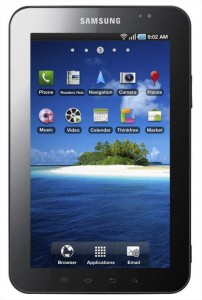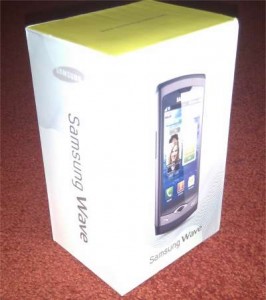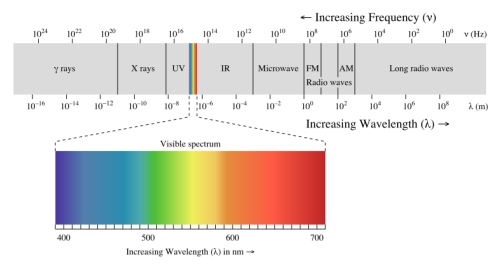Our latest study looks at the switching intention of 7,200 consumers between February and April. Three edge out Tesco Mobile to take home the title of best performing network.
 What is the Ken’s Tech Tips index?
What is the Ken’s Tech Tips index?
The Ken’s Tech Tips Index is our regular study looking into how well each mobile phone network is performing in terms of attracting new customers and retaining existing ones. We believe that consumers vote with their feet and that by looking at how well networks can attract and retain customers, we can determine how good a network really is.
We polled 7,205 consumers through our PAC Code Finder tool on their intention of switching network. From the responses, we determine how rapidly a network is gaining new customers and losing existing ones. The Ken’s Tech Tips “index score” is “the number of customers who join a given network for every 100 customers who leave that network”.
If a network has a high score in the Ken’s Tech Tips Index, it means they are gaining customers a lot faster than they lose them. This is perhaps a good indication that the products they provide are better value for consumers (or alternatively, it could just mean they are doing a great job with marketing their products).

 In this study, Ken’s Tech Tips polled more than 6,000 people over a 2 month period to find out how they’re switching mobile network. We’ve visualised this data to look at the net movement of customers from network to network. Our graphs show which networks are losing customers, which networks are gaining customers and where the customers are coming from.
In this study, Ken’s Tech Tips polled more than 6,000 people over a 2 month period to find out how they’re switching mobile network. We’ve visualised this data to look at the net movement of customers from network to network. Our graphs show which networks are losing customers, which networks are gaining customers and where the customers are coming from. We love the HTC Desire HD for much the same reasons that we loved the HTC Desire. Both phones are well designed, are comfortable to hold and have a good build quality.
We love the HTC Desire HD for much the same reasons that we loved the HTC Desire. Both phones are well designed, are comfortable to hold and have a good build quality. It might be a bit of an understatement to say that the technology enthusiasts across the world have been eagerly awaiting the launch of the Samsung Galaxy Tab and the chance to pit it against Apple’s iPad. Being the first Google-approved Android tablet on the market and the first mass-market 7-inch tablet device, the Tab gives us a taste of what might lies ahead in the tablet market and whether Android can take on the mighty Apple.
It might be a bit of an understatement to say that the technology enthusiasts across the world have been eagerly awaiting the launch of the Samsung Galaxy Tab and the chance to pit it against Apple’s iPad. Being the first Google-approved Android tablet on the market and the first mass-market 7-inch tablet device, the Tab gives us a taste of what might lies ahead in the tablet market and whether Android can take on the mighty Apple.

